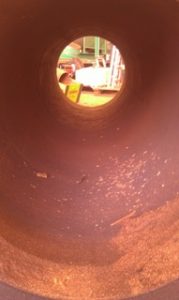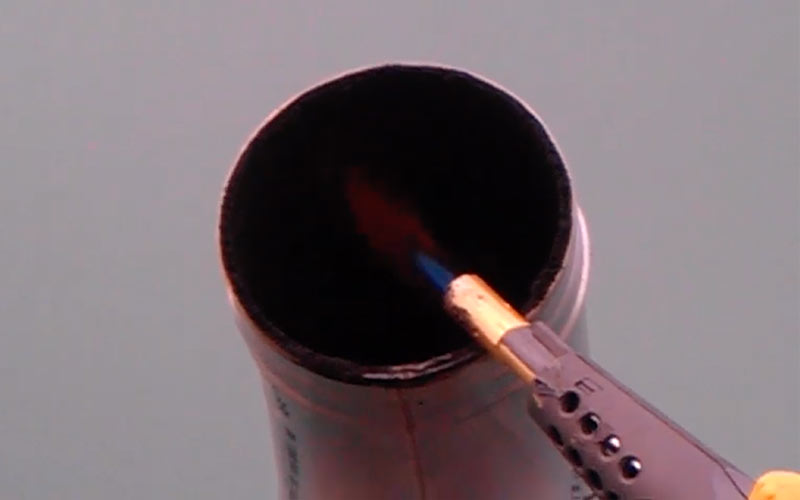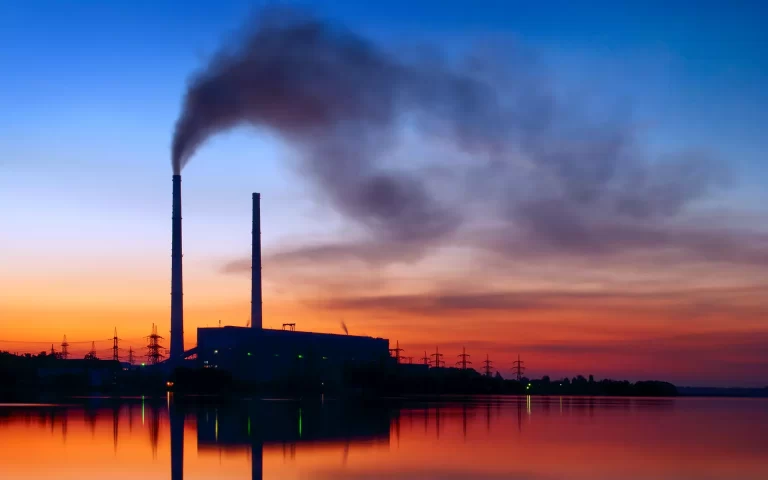RE Waste-to-Energy WtE
Gasification / incineration / pyrolysis
A horizontal self-cleaning rotary Waste-to-Energy chamber tumbles any kind of feedstock, also mixed, can be combined with carbon capture and storage CCS and SecurestPower™.
RecyclingEnergy´s designed unique horizontal self-cleaning rotary Waste-to-Energy gasifier tumbles any kind of hydrocarbon HC-based, also low caloric value, feedstock, also mixed including algae, sludge, plastic, municipal solid wastes, and surprisingly, liquid wastes. When combined with carbon capture and storage CCS and SecurestPower™ our gasification can be almost emission-free due to it does not need additional energy. Syngas-based (carbon monoxide CO + hydrogen H2) end products are power, heat, gasolines, diesel, aviation (mixed with kerosene) and marine fuels, etc.

In our unique RecyclingEnergy RE washing machine -like rotating gasifier various raw materials and other needed components such as heat, air, humidity, catalysts are recycled and tumbled over and over, which results overwhelming high efficient transfer of the raw materials´ energy into high-quality syngas (mainly hydrogen and CO) or biogas to produce heat and power reducing emissions.
Unlike conventional burners that burn the fuel in a large high-temperature flame, RE technology does not have burners or a flame within its chamber. The RE operates in a low temperature without air (pyrolysis) or small amount of air (semi-pyrolysis) minimizing the formation of nitrogen oxides, CO2 and other emissions.
REs are suitable for new power plants as well as the refurbishment of older power plants and often do not require secondary emission control systems providing the best combination of features for efficient, cost-effective and environmentally responsible and sustainable power production.
RE gasifier eliminates the disadvantages of conventional combustion systems mainly based on rotating kiln, prompt and precise 100 percent automative control. Unique heat recovery of the casing eliminating the requirement of additional heat and cooling.
About gasification
Typical gasification has been shown to reduce emissions about 20% compared to direct combustion. It does not require a material as a high calorific value than firing, allowing for example gasification of developing areas´ municipal waste. EU sets high standards in purification of sludge incineration which do not concern gasification.
The end product of syngas consisting mainly of hydrogen and carbon monoxide, which can be burned, the heat can be transferred through the boiler through into the district heating network, for example, or to produce electricity by internal combustion engine or turbine and generator. Liquid biofuels and methane, which can b a raw material for pharmacy, can be produced from syngas. The end-product is also be coke, which can be burned. Technique is also suitable for the production of biogas.
Conventionally gasifiers up-draft or down-draft principle, but the process is far from optimal because solid ingredients such as minerals and tar hinder the process, in which case it is “run down” for mechanical cleaning.
In contrast, our technology is based on the washing machine, like a rotating drum so that the raw material is fed to laundry the way to the other end, the necessary components such as air, heat, moisture or catalysts are fed throughout the mantle, through, or 360 degrees, solid components and coke do not prevent the process, the mantle end-to, where the gas derived from further processing.
RecyclingEnergy Int Corp. has developed a unique and modern technology enabling raw material and other components optimal and complete tumbling, the prompt and exact automatic control ensures high-efficiency, low emissions and low maintenance requirements.
RecyclingEnergy gasifier is ideal for emissions trading.
How is Gasification Different from Incineration?
Increasingly, gasification is being used to convert municipal solid waste, or MSW, into valuable forms of energy. While this type of waste has been burned, or incinerated, for decades to create heat and electricity, the gasification process represents significant advances over incineration. In order to understand the advantages of gasification when compared to incineration, it’s important to understand the significant differences between the two processes:
Incineration literally means to render to ash. Incineration uses MSW as a fuel, burning it with high volumes of air to form carbon dioxide and heat. In a waste-to-energy plant that uses incineration, these hot gases are used to make steam, which is then used to generate electricity.
Gasification converts MSW to a usable synthesis gas, or syngas. It is the production of this syngas which makes gasification so different from incineration. In the gasification process, the MSW is not a fuel, but a feedstock for a high temperature chemical conversion process. In the gasifier, the MSW reacts with little or no oxygen, breaking down the feedstock into simple molecules and converting them into syngas. Instead of making just heat and electricity, as is done in a waste-to-energy plant using incineration, the syngas produced by gasification can be turned into higher valuable commercial products such as transportation fuels, chemicals, and fertilizers.
In addition, one of the concerns with incineration of MSW is the formation and reformation of toxic dioxins and furans, especially from PVC-containing plastics and other materials that form dioxins and furans when they burn. These toxins end up in exhaust steams by three pathways:
By decomposition, as smaller parts of larger molecules,
By “re-forming” when smaller molecules combine together; and/or
By simply passing through the incinerator without change.
Incineration does not allow control of these processes, and all clean-up occurs after combustion.
Gasification is significantly different and cleaner than incineration: In the high temperature environment in gasification, larger molecules such as plastics are completely broken down into the components of syngas, which can be cleaned and processed before any further use.
Dioxins and furans need sufficient oxygen to form or re-form, and the oxygen-deficient atmosphere in a gasifier does not provide the environment needed for dioxins and furans to form or reform.
Dioxins need fine metal particulates in the exhaust to reform; syngas from gasification is typically cleaned of particulates before being used.
In gasification facilities that use the syngas to produce downstream products like fuels, chemicals and fertilizers, the syngas is quickly quenched, so that there is not sufficient residence time in the temperature range where dioxins or furans could re-form.
When the syngas is primarily used as a fuel for making heat, it can be cleaned as necessary before combustion; this cannot occur in incineration.
The ash produced from gasification is different from what is produced from an incinerator. While incinerator ash is considered safe for use as alternative daily cover on landfills, there are concerns with its use in commercial products. In high-temperature gasification, the ash actually flows from the gasifier in a molten form, where it is quench-cooled, forming a glassy, non-leachable slag that can be used for making cement, roofing shingles, or used as an asphalt filler or for sandblasting. RecyclingEnergy gasifiers are designed to recover melted metals in a separate stream, taking advantage of the ability of gasification technology to enhance recycling of materials and energy.








